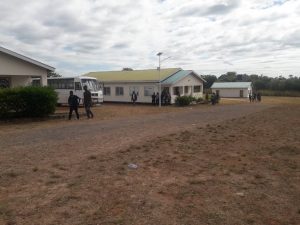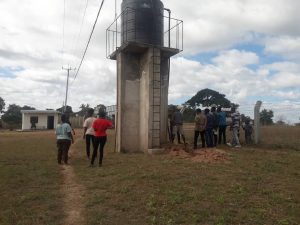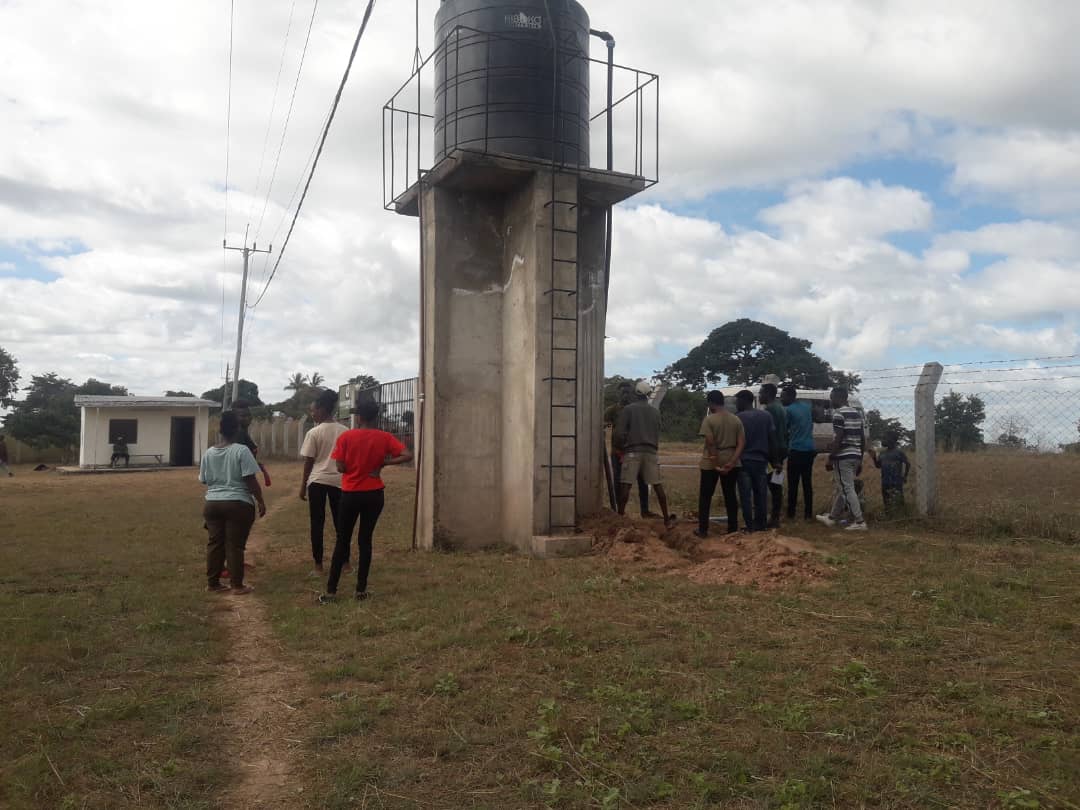

Buildings layout at Darajambili Campus, credit Dunstan Shemweta
One of the core issues in meeting the university and college goals is infrastructure development. The college recognizes the importance of building layout measurement in meeting future goals.According to the Global Forest Resources Assessment (FRA) 2020 report by the Food and Agriculture Organization (FAO), Tanzania has a total forest area of 48.1 million hectares, which is equivalent to 51.2% of the land area
The plan aims to enhance forest sustainability and productivity by promoting sustainable forest management practices, such as reducing deforestation and forest degradation, increasing forest cover, and promoting forest-based industries. Infrastructure development is a critical component of the forest management plan. The college recognizes that building layout measurement is essential in meeting future goals. The layout measurement involves the design and planning of buildings, roads, and other infrastructure within the forest area. The design and planning take into consideration the ecological, economic, and social sustainability of land use
The layout measurement ensures that the infrastructure development is done in a way that minimizes the impact on the forest ecosystem and promotes sustainable forest management practices.

